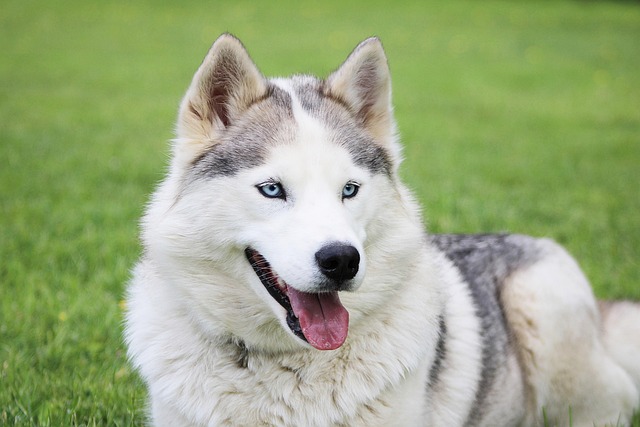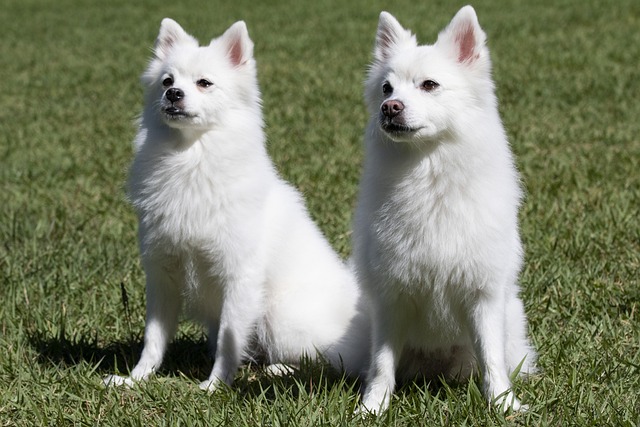
How long do food allergy symptoms last in dogs?
Watching your dog scratch themselves raw or break out in red, bumpy skin is tough—especially when you suspect a food allergy might be to blame.
If you've ever watched your dog struggle to climb stairs or hesitate before jumping onto the couch, you know how heartbreaking joint issues can be. Arthritis and mobility problems affect nearly 1 in 4 adult dogs in the U.S., especially larger breeds and seniors. While vet-prescribed medications have their place, many pet parents are turning to nature's pharmacy – specifically, certain fruits packed with anti-inflammatory compounds that support cartilage and ease stiffness.
Joint pain in dogs often stems from chronic inflammation, where the body's defense system mistakenly attacks healthy tissue. This wears down cartilage over time, causing that familiar stiffness after naps or in cold weather. The good news? Many fruits contain powerful antioxidants like anthocyanins (found in dark berries) and bromelain (in pineapples) that act like tiny firefighters, calming inflammation at the cellular level. Unlike processed treats, these whole foods deliver nutrients in forms a dog's body can easily use.
Blueberries might be small, but they're joint health superheroes. Their deep blue color comes from anthocyanins, which studies show may reduce inflammatory markers linked to canine arthritis. Frozen blueberries make perfect summer treats – just mash a few into your dog's kibble. Pineapple is another surprise ally. The enzyme bromelain in its core (remove the tough outer skin!) helps break down proteins that contribute to joint swelling. A tablespoon of fresh pineapple twice a week can make a difference for mid-sized dogs.
When introducing new fruits, start with teaspoon-sized portions for small dogs or tablespoon amounts for larger breeds. Always remove pits, seeds, and tough skins that could cause choking. While papaya's beta-carotene supports connective tissue, its high fiber means too much can upset sensitive stomachs. Notice loose stools? Scale back. And remember – fruits should never exceed 10% of your dog's daily calories. A golden retriever might enjoy half a banana (rich in potassium for muscle function) as a post-walk snack, while a chihuahua does better with a few apple slices (quercetin in apple skin fights free radicals).
Pair these fruity additions with other joint-friendly habits. Low-impact exercises like swimming maintain mobility without stressing joints. If your dog loves fetch, use a ramp instead of letting them leap for balls. Omega-3s from sardines or algae oil work synergistically with fruit antioxidants – think of them as a dynamic duo against inflammation. One client saw her 8-year-old lab mix regain his playful energy by combining blueberries, weekly hydrotherapy, and a glucosamine supplement approved by their vet.
Every dog's needs are unique, so consult your vet before making dietary changes, especially if your pup has diabetes (some fruits spike blood sugar) or is on blood thinners (vitamin K in kiwi may interact). But for many dogs, these natural options can mean fewer stiff mornings and more tail wags. As one senior dachshund owner told me, "After adding pureed pumpkin and blueberries to his diet, he started doing his happy dance at meal times again – and that's worth more than any pill."

Watching your dog scratch themselves raw or break out in red, bumpy skin is tough—especially when you suspect a food allergy might be to blame.

When your Border Collie is constantly scratching, it's hard not to feel their discomfort. These energetic dogs thrive on attention, and seeing them struggle with itchy skin can be worrying.

Dog's eyes are windows to their happiness—so when those windows get cloudy, watery, or red, it's hard not to worry. Maybe your pup's been squinting nonstop, or there's a goopy discharge crusting around their lids.

Watching your golden retriever hesitate before jumping onto the couch or limping after a walk in Central Park hits hard. While glucosamine has been the go


Discovering a tick crawling on your pup after a walk in the park is every dog owner's mini-nightmare. Beyond the "ick" factor